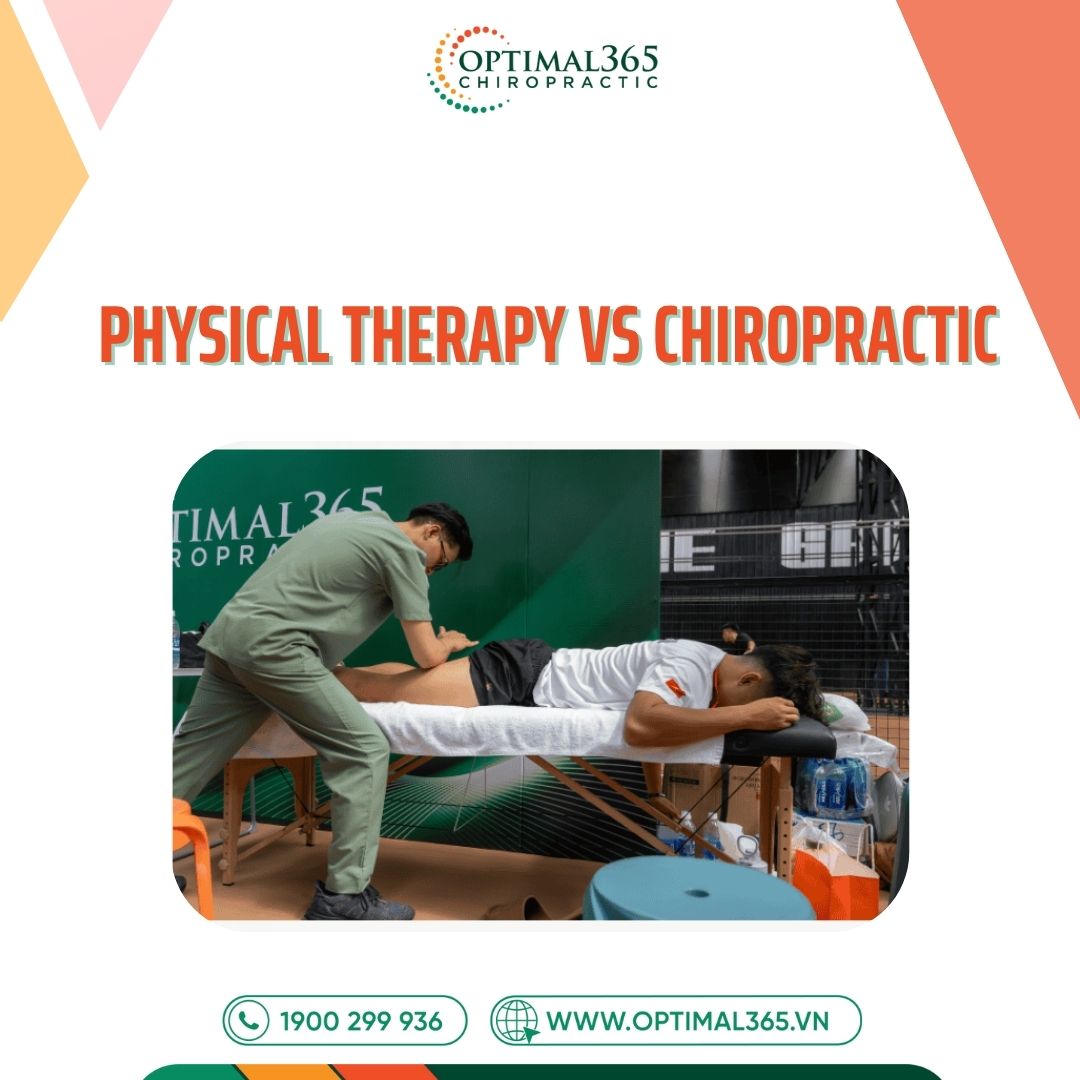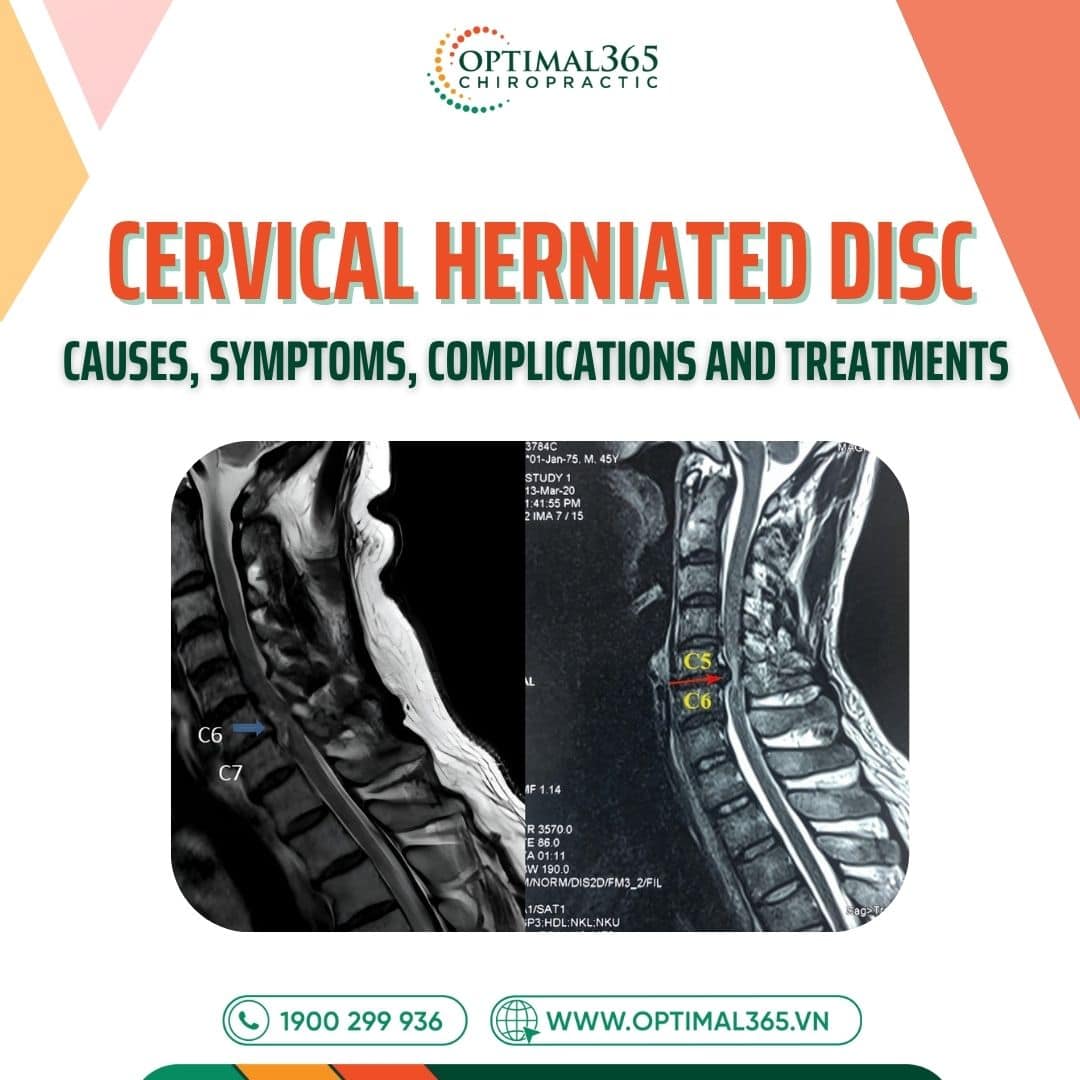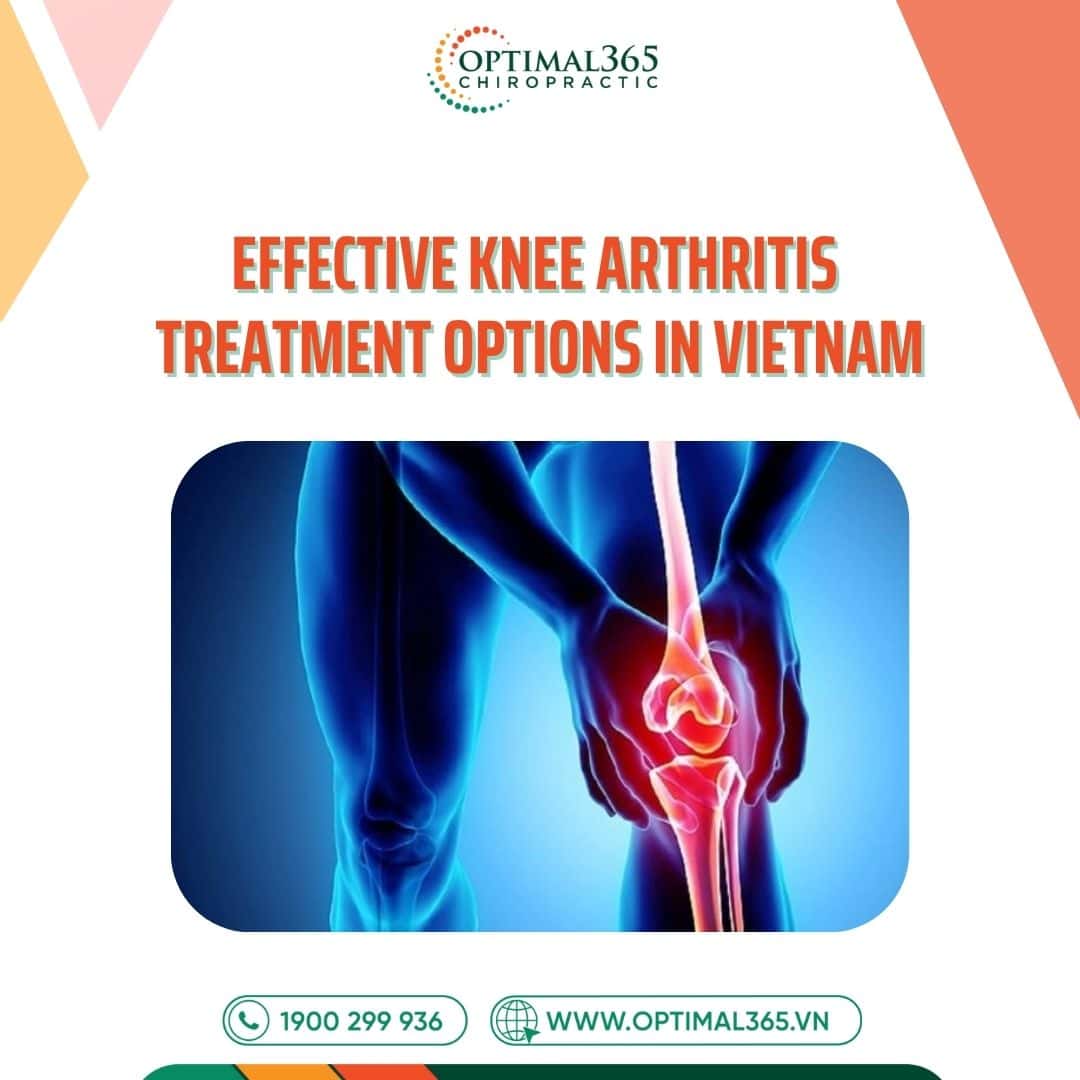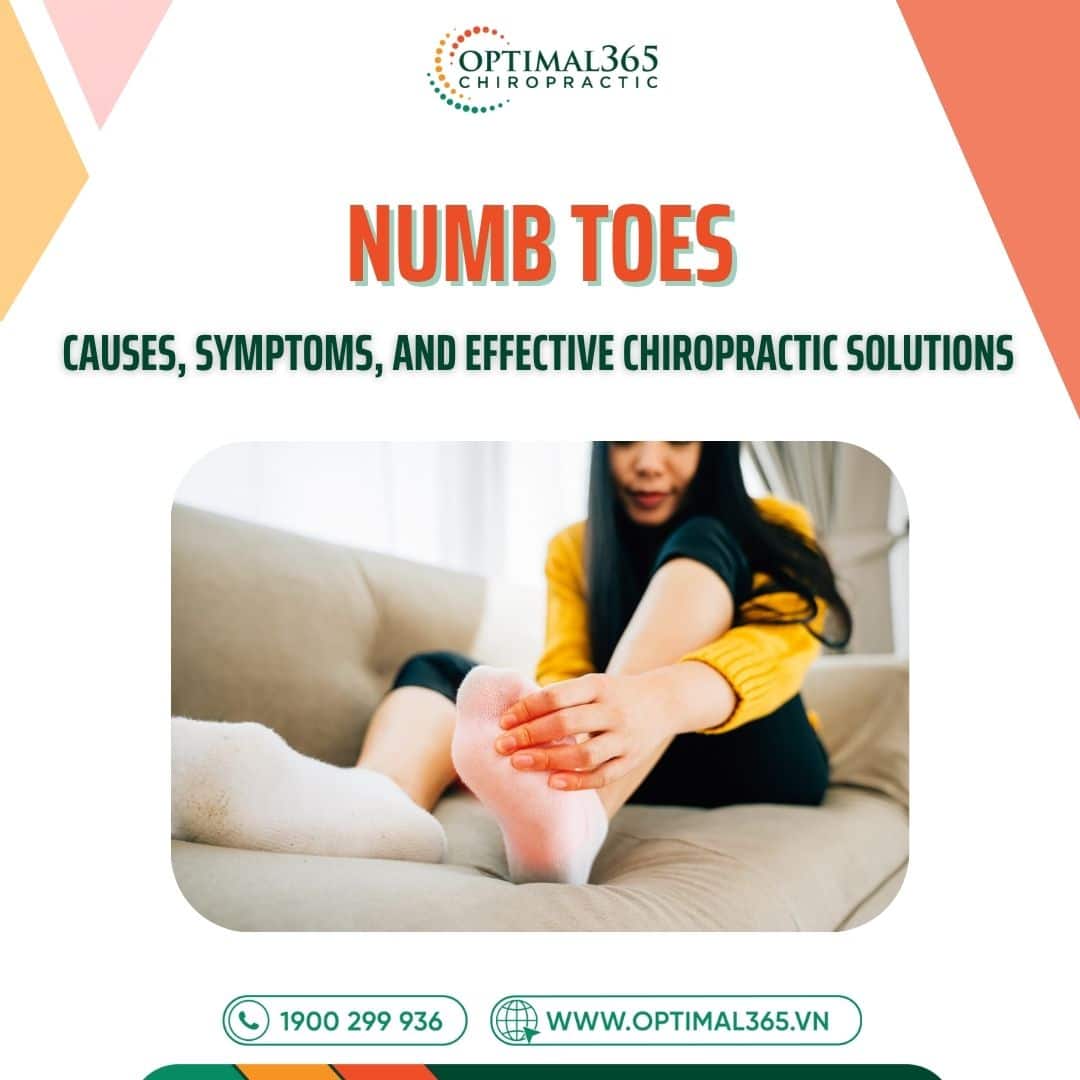Back pain, knee joint discomfort, shoulder and neck numbness, herniated discs… these common conditions are increasingly affecting younger people. Amid a range of treatment options like physical therapy for musculoskeletal issues, chiropractic care, or acupressure, many feel overwhelmed: which method is safest and most effective long-term?
In this article, Optimal365 Chiropractic helps you understand the essence, benefits, and key differences between three popular therapies for musculoskeletal care and functional recovery today. Whether you’re searching for “physical therapy vs chiropractic” or “acupressure for back pain,” we’ll break it down to guide your choice for sustainable joint pain relief.
What is Physical Therapy for Musculoskeletal Issues?
Physical therapy (also known as physiotherapy) is a modern medical specialty focused on restoring movement function and managing pain through non-invasive techniques without medication. It’s widely prescribed for musculoskeletal disorders, neuromuscular conditions, and post-surgical rehabilitation.
Clinically, physical therapy encompasses various interventions, with the most common being guided therapeutic exercises to enhance joint range of motion, muscle strength, and coordination. Supportive techniques like electrotherapy (electrical stimulation, shortwave), thermotherapy (hot/cold packs, shockwave), and spinal traction are used to reduce inflammation, relieve nerve pressure, and promote local circulation.
Additionally, tools such as foam rollers for muscle recovery, resistance bands, and balance balls are often integrated into protocols to boost functional outcomes.
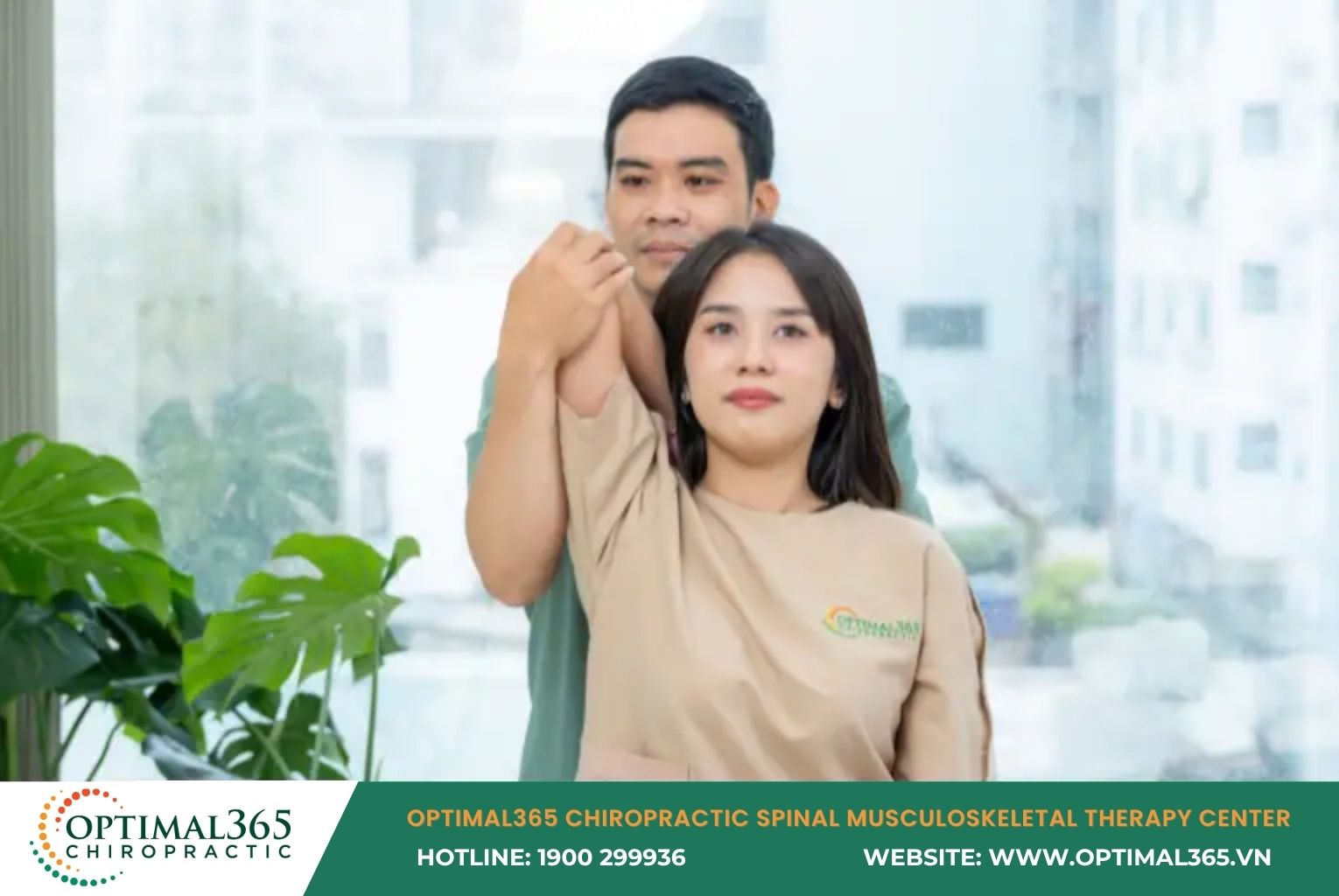
Physical therapy vs chiropractic – What is Physical Therapy for Musculoskeletal Issues?
Who is it suitable for?
Physical therapy is a safe and effective choice for various patient groups, including:
- Those with chronic musculoskeletal conditions like osteoarthritis, herniated discs, or frozen shoulder.
- Post-surgical or injury recovery patients needing functional rehabilitation.
- Office workers prone to neck-shoulder-gait syndrome, postural disorders, or carpal tunnel.
Treatment plans must be personalized based on initial functional assessments and delivered by qualified physicians or trained therapists. This ensures optimal, safe recovery tailored to specific conditions, making it a cornerstone for “physical therapy for joint pain” searches.
What is Chiropractic Care (Spinal Manipulation)?
Chiropractic is a health care approach originating from the United States, emphasizing the assessment, diagnosis, and adjustment of mechanical misalignments in the musculoskeletal system, particularly the spine. It operates on the principle that structural disorders, especially in vertebrae, can impact the nervous system and overall body function, leading to pain and reduced mobility.
Technically, chiropractic uses manual adjustments or specialized instruments to directly target misaligned joints. The “cracking” sound often heard is the result of joint pressure release, not injury—it’s a sign of decompressed cavitation in the affected joint.
Documented clinical benefits of chiropractic include:
- Relieving nerve root compression, especially in back pain, neck pain, and sciatica.
- Improving spinal alignment and range of motion.
- Optimizing posture and neuromuscular function.
However, it’s crucial that chiropractic is performed only by licensed chiropractors or trained specialists. Improper techniques can lead to complications like soft tissue damage, joint subluxation, or even vascular/nerve issues if not precisely controlled. For those exploring “chiropractic adjustment benefits,” this method shines in addressing root causes for lasting relief.
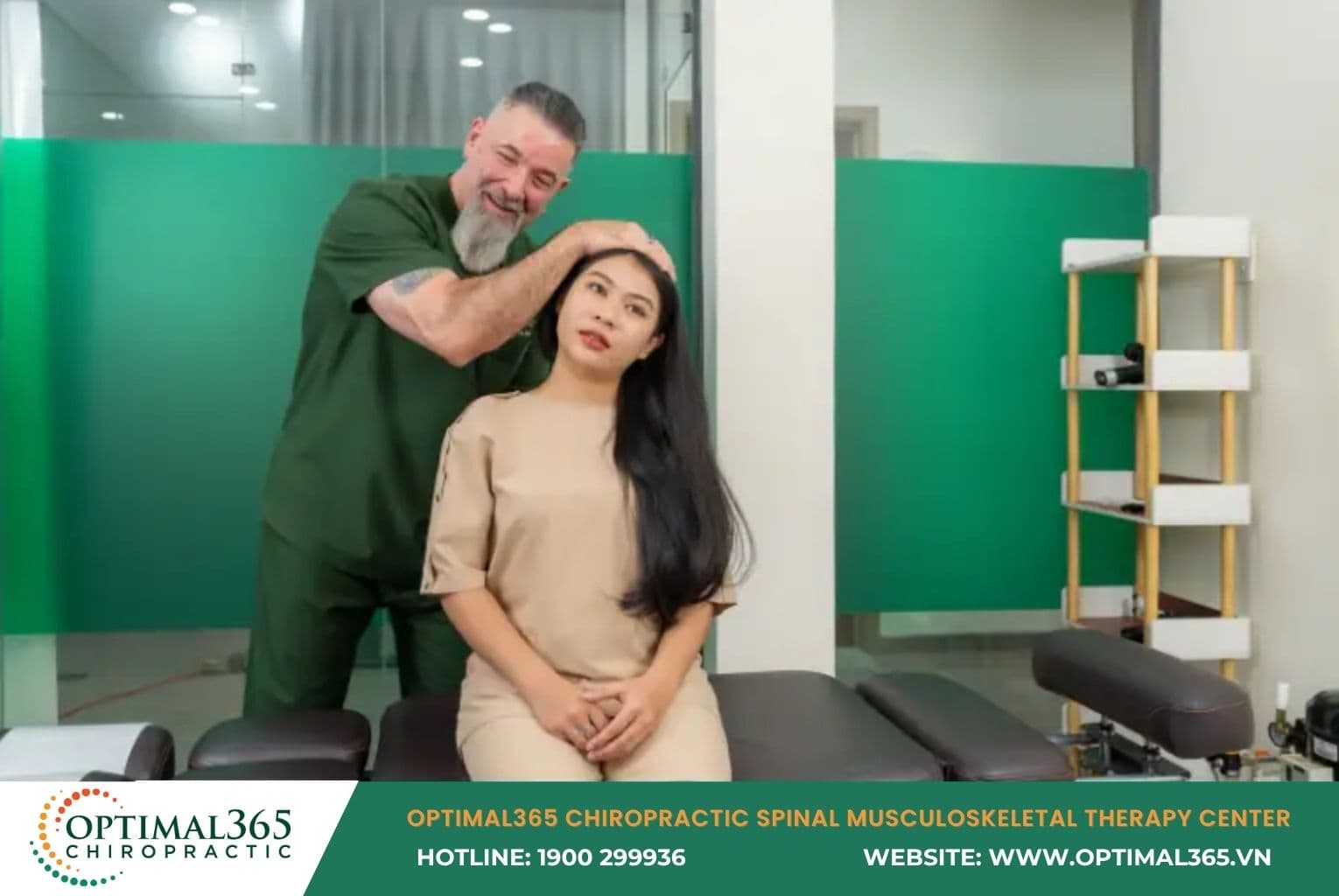
Physical therapy vs chiropractic – What is Chiropractic Care (Spinal Manipulation)?
Learn more: Chiropractic Treatment: A Safe, Effective Solution for Spine Health and Pain Relief
What is Acupressure for Musculoskeletal Issues?
Acupressure is a traditional medicine technique rooted in meridian and acupoint theory. It applies finger or hand pressure to specific body points to balance qi and blood flow, release energy blockages, and enhance organ function.
For musculoskeletal treatment, acupressure is indicated to alleviate pain symptoms, relax muscles, improve local blood circulation, and reduce nervous tension. It can also support sleep regulation and address insomnia secondary to chronic pain.
Effectiveness largely depends on the practitioner’s expertise, as acupoint sensitivity varies individually. Importantly, acupressure cannot fully replace modern medical treatments for severe or progressive musculoskeletal diseases (e.g., rheumatoid arthritis, severe herniated discs with nerve compression, or ankylosing spondylitis).
In clinical practice, acupressure is cautioned against for high-risk groups like those with severe osteoporosis, undiagnosed tumors, or unstable post-injury patients. Indications and applications require careful evaluation for safety and efficacy, positioning it as a complementary option in “acupressure for muscle pain” routines rather than a standalone solution.
Comparing the Three Musculoskeletal Therapies
Here’s a comparison table of physical therapy, chiropractic (spinal manipulation), and acupressure to help you decide based on “physical therapy vs chiropractic vs acupressure” needs:
| Criteria | Physical Therapy | Chiropractic (Manipulation) | Acupressure (Traditional) |
|---|---|---|---|
| Medical Foundation | Western – Rehabilitation Science | Western – Neuro-Mechanics | Eastern – Meridian Theory |
| Methods | Machines, Intensive Exercises | Manual Spine Adjustments | Finger Pressure on Acupoints |
| Effectiveness | Sustainable Functional Recovery | Mechanical Pain Relief, Structural Correction | Relaxation, Mild Pain Reduction |
| Risks | Low with Expertise | High if Technique Errors | Low, But Limited Scope |
| Best For | Chronic Pain, Post-Surgery, Degeneration | Spinal Misalignments, Joint Subluxations | Muscle Tension, Stress, Mild Aches |
This breakdown highlights how each fits different “joint pain relief methods,” with physical therapy and chiropractic offering deeper, evidence-based interventions.
Should You Use Physical Therapy Alone or Combine It?
No single method is ideal for all musculoskeletal disorders. In clinical practice, physical therapy for musculoskeletal issues and chiropractic care are widely applied. When combined appropriately, they complement each other for comprehensive recovery.
Chiropractic suits mechanical misalignments in the spine or joints, such as cervical subluxations, scoliosis, or pelvic imbalances. Proper adjustments can decompress entrapped nerves, enhance joint fluid flow, and provide immediate pain relief. However, results are often temporary and require follow-up maintenance.
Here, physical therapy takes center stage for functional restoration and relapse prevention. Personalized exercises build muscle strength, flexibility, movement control, and correct poor postures. Post-chiropractic, it sustains adjustments, enhances mobility durability, and lowers reinjury risks—ideal for “physical therapy vs chiropractic” debates.
Conversely, acupressure offers supportive relaxation and mild pain relief in select cases. Yet, it lacks depth for histological damage or structural issues, so it’s not a primary choice for chronic or evident musculoskeletal pathologies.
From a professional viewpoint, effective protocols are individualized via comprehensive assessments: damage extent, mobility, neuromuscular coordination, and recovery goals. Combining chiropractic and physical therapy emerges as a promising approach, yielding mechanical and functional gains when prescribed and executed by experts in movement rehabilitation and quality-of-life enhancement.
Conclusion
Musculoskeletal health can’t improve through guesswork or ungrounded self-treatments. Understanding and selecting the right therapies—especially integrating chiropractic and physical therapy for musculoskeletal issues—is key to controlling pain, restoring movement, and elevating life quality safely and sustainably.
If you’re undecided on treatment options, schedule an assessment and consultation at Optimal365 Chiropractic without delay. Our expert team of chiropractors and physical therapists, trained rigorously, will accurately evaluate your current musculoskeletal status and craft an optimized, personalized, long-term safe treatment roadmap.



